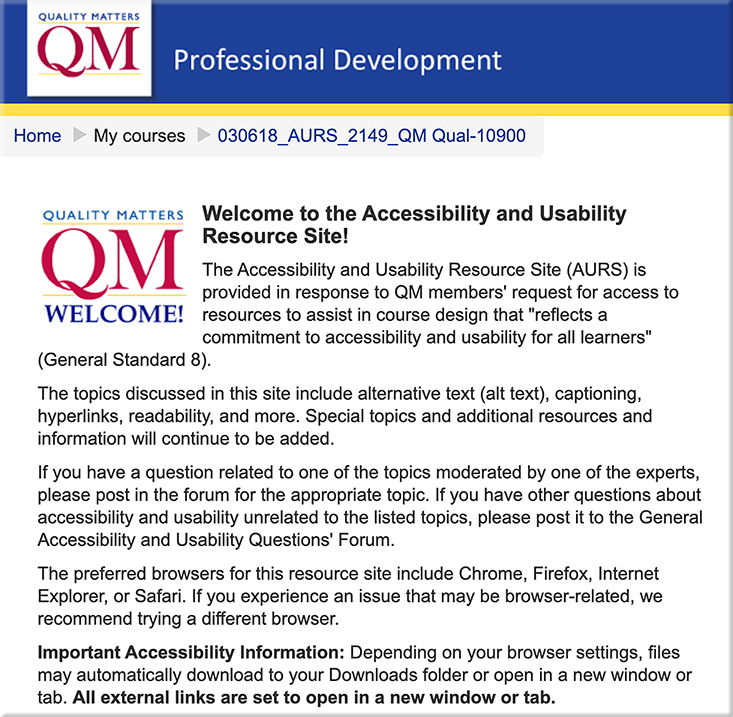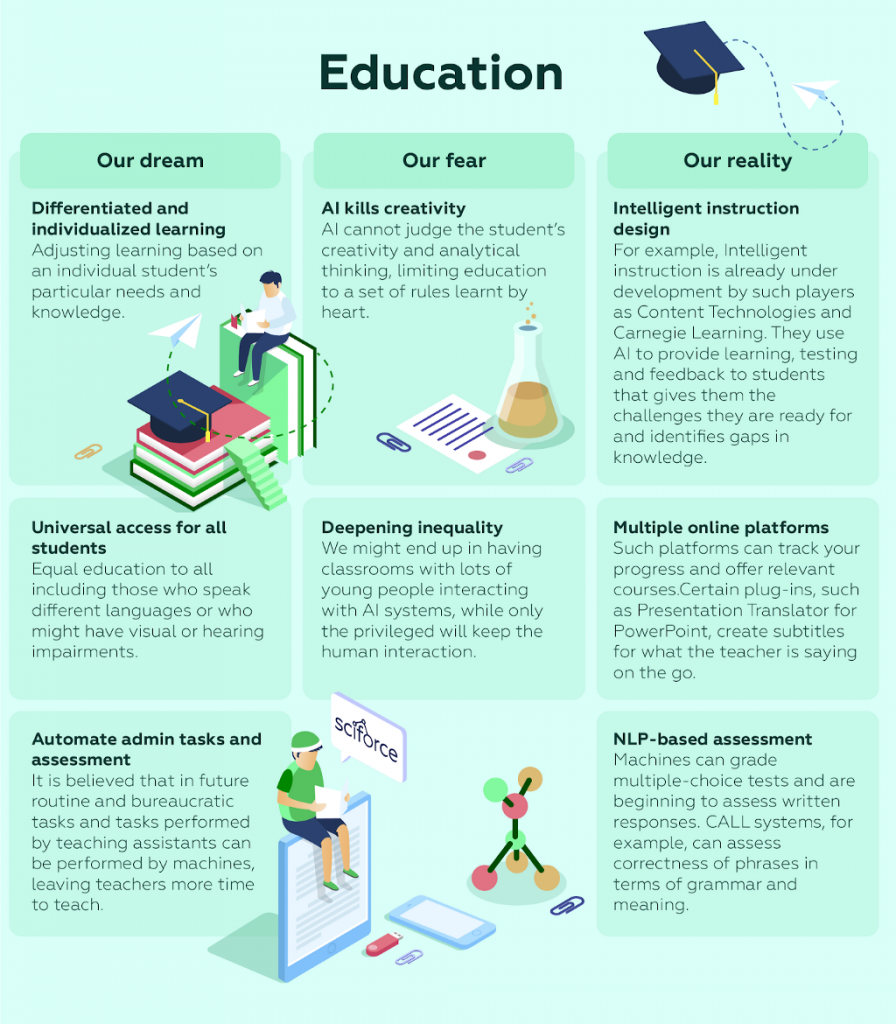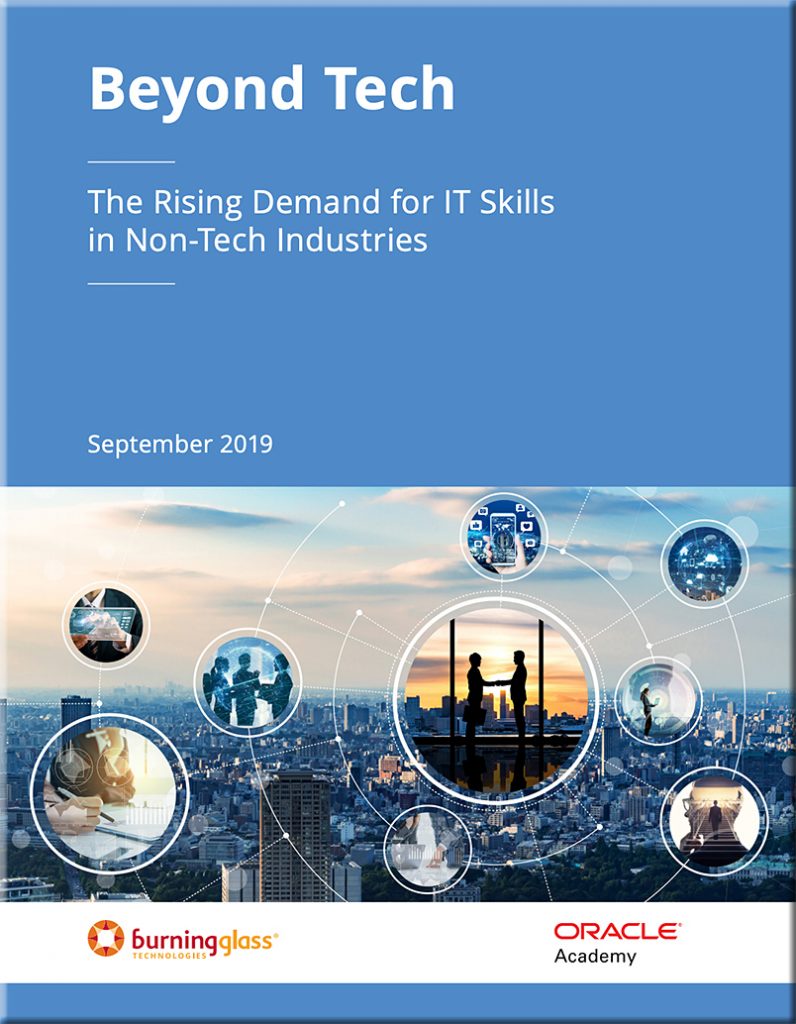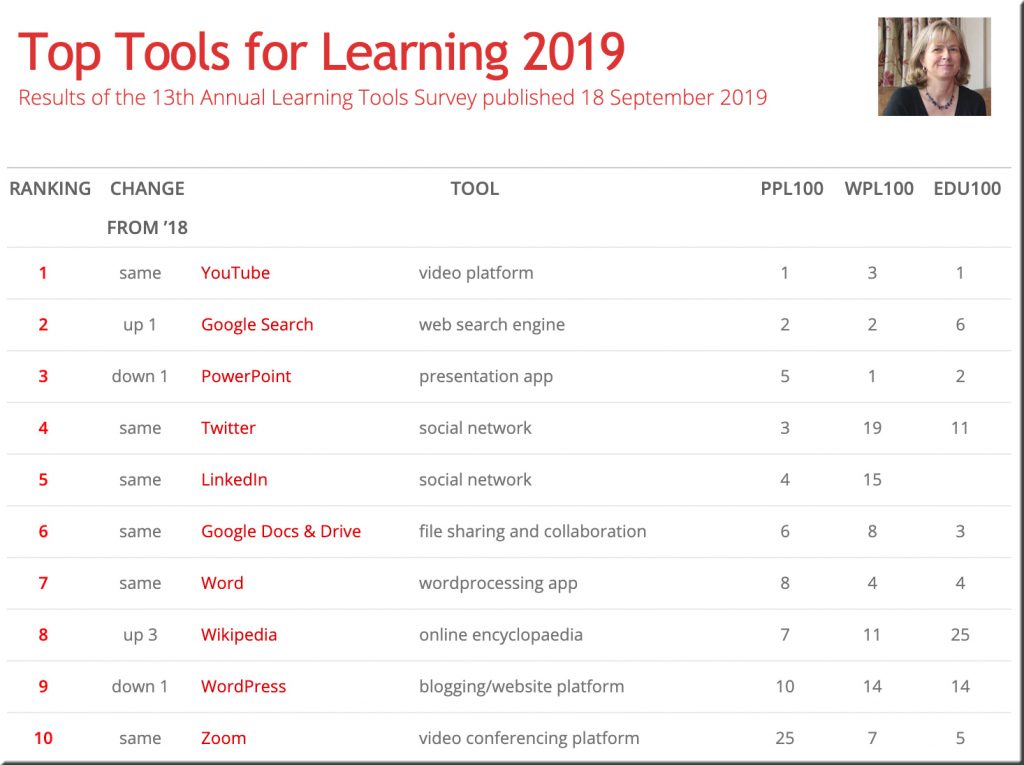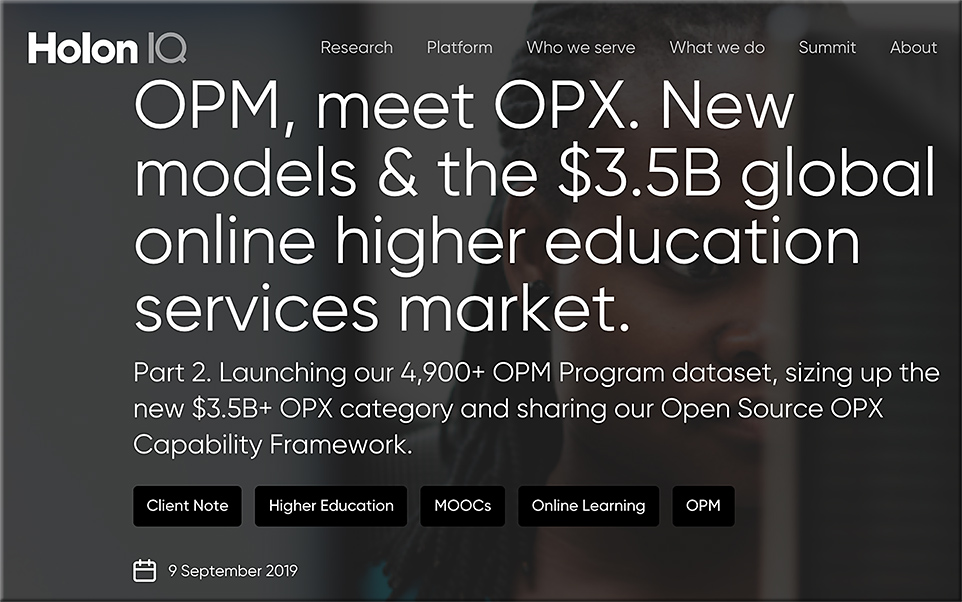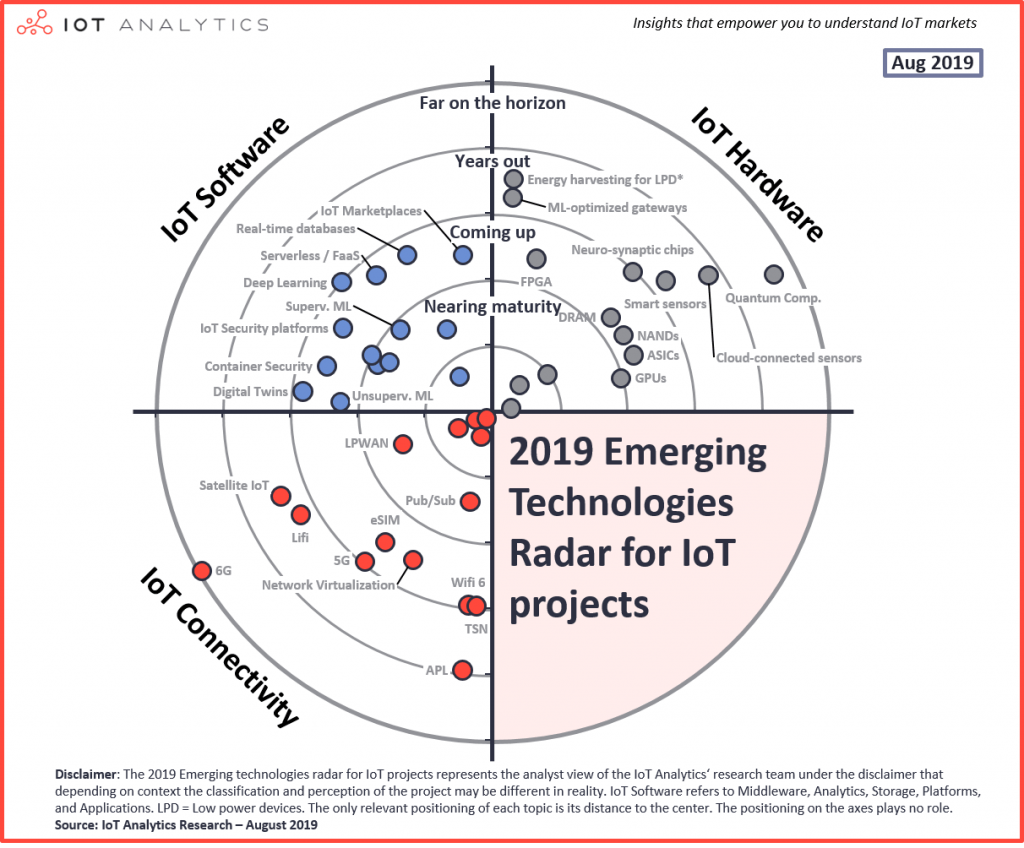From DSC:
Is this only on Pixel 4? If so, too bad. It has a lot of potential — especially for students and lecture capture!
Speaking of lecture capture…Panopto offers an incredible search feature for searching text, audio, and video!
“With Panopto, you can search through your video library the same way you’d search across the internet, or through your email.
- By any keyword spoken in your videos
- By any word that ever appears on-screen or anywhere else in your video
- By traditional and advanced metadata, including tags and titles, viewer notes and comments, and even speakers notes from your PowerPoint slides.
- Panopto enables you to search across every video in your library…and get specific results that fast-forward to the exact moment the keyword occurs in your video.”









